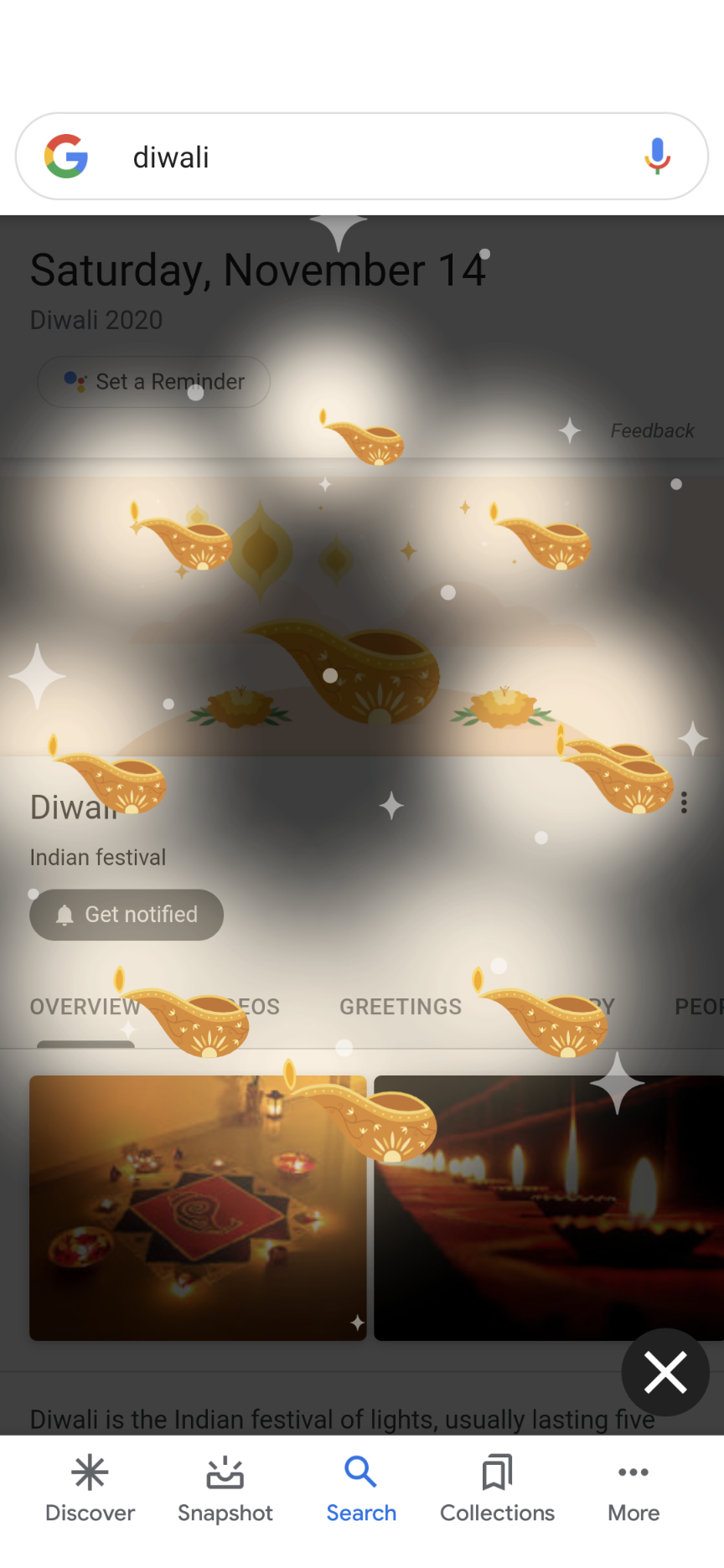Google, the powerhouse of the internet, is not just a search engine. It's a treasure trove of hidden delights known as Easter Eggs. These are little surprises embedded within the software by developers for users to discover. They range from quirky games to fun facts, and they add an element of surprise and delight to our daily browsing experience.
Diving into the world of Google Easter Eggs can be a fascinating journey. From simple tricks that turn your searches into mini-games to complex mathematical equations that create heart shapes, these hidden gems offer a playful side of Google. This article will guide you through 15 of the most surprising and fun Easter Eggs that even avid Google users might not know about.
Discovering Hidden Gems in Google
Google Easter Eggs are more than just hidden features; they are a testament to the creativity and humor of the engineers behind the scenes. These Easter Eggs often reflect pop culture references, inside jokes, and sometimes even historical nods. For instance, searching for do a barrel roll on Google will make the page do exactly that, providing a moment of joy and wonder.
Another example is the askew command. Typing this into the search bar tilts the entire page slightly, creating a playful illusion. These small interactions remind us that technology doesn't have to be all business; it can also be fun and engaging. Such Easter Eggs serve as a reminder of the human touch behind the algorithms.
The presence of these Easter Eggs also encourages exploration and curiosity among users. People enjoy discovering new things and sharing them with others, fostering a sense of community around these digital surprises. Whether it's finding a secret game or uncovering a hidden animation, each discovery adds a layer of excitement to using Google.
Artistic Easter Eggs: Fabergé Inspired
Inspired by the opulence of Carl Fabergé's creations, Google has its own version of artistic Easter Eggs. One notable example is found within Google Arts & Culture, where you can explore digital replicas of famous Fabergé eggs. Each egg tells a story, much like the original pieces crafted for Russian royalty. This connection between art and technology highlights Google's commitment to preserving cultural heritage.
These digital representations allow users to zoom in and examine intricate details that would otherwise be impossible to see in person. The attention to detail mirrors the craftsmanship of the original Fabergé eggs, showcasing how technology can enhance our appreciation of art. By integrating such content, Google enriches the user experience beyond mere information retrieval.
Beyond visual aesthetics, these artistic Easter Eggs also educate users about history and culture. Through interactive elements and detailed descriptions, users gain insights into the significance of these artifacts. This blend of education and entertainment exemplifies Google's ability to engage users on multiple levels.
Exploring Fun Google Easter Eggs
Among the many Easter Eggs, some stand out due to their sheer entertainment value. For instance, typing zerg rush into the search bar triggers a swarm of O's attacking your search results. Clicking on them destroys them, turning the screen into a temporary game reminiscent of classic arcade titles. Such interactive experiences demonstrate Google's willingness to entertain its users.
Another entertaining Easter Egg involves setting timers with Google Assistant. Experimenting with different timer names can lead to unexpected sound effects, adding a humorous twist to everyday tasks. These subtle additions transform routine activities into moments of amusement, enhancing user satisfaction without detracting from functionality.
Lastly, one cannot overlook the heart-shaped graph generated by inputting a specific mathematical equation into Google's graphing tool. This romantic gesture appeals to math enthusiasts and casual users alike, proving that even something as technical as mathematics can be made charming. Such creative uses of technology highlight the versatility and adaptability of Google's platform.
Historical Context of Easter Eggs
The tradition of embedding Easter Eggs in software dates back decades, with early examples found in video games and computer programs. Companies like Google continue this legacy, incorporating modern twists while maintaining the spirit of discovery. These hidden features often serve as a nod to the past, acknowledging the pioneers who paved the way for today's technological advancements.
For example, Tesla and Amazon occasionally include Easter Eggs in their products, echoing Google's approach. These companies recognize the importance of keeping their audience engaged and entertained. By doing so, they build stronger connections with their users, fostering loyalty and enthusiasm.
This historical context underscores the significance of Easter Eggs as cultural artifacts. They represent a bridge between the past and present, reminding us of the origins of our favorite technologies while pushing boundaries for future innovations. As we continue exploring these hidden treasures, we participate in a shared history that celebrates creativity and ingenuity.
Interactive Adventures with Google Maps
Google Maps offers one of the most intriguing Easter Eggs: a virtual tour inside a TARDIS. By double-clicking specific arrows near a phone booth icon, users can enter a fully immersive 360-degree view of Doctor Who's iconic time machine. This feature captivates fans of the series while introducing newcomers to its charm.
Such interactive experiences showcase Google's capability to merge fictional worlds with real-life applications. Users can explore familiar settings in unprecedented ways, blurring the lines between reality and imagination. These adventures encourage curiosity and exploration, drawing people deeper into the digital landscape.
Moreover, these interactive Easter Eggs contribute to the overall appeal of Google Maps. They provide additional value beyond navigation services, making the app more engaging and enjoyable. As users discover new features, they become more invested in the platform, leading to increased usage and satisfaction.

